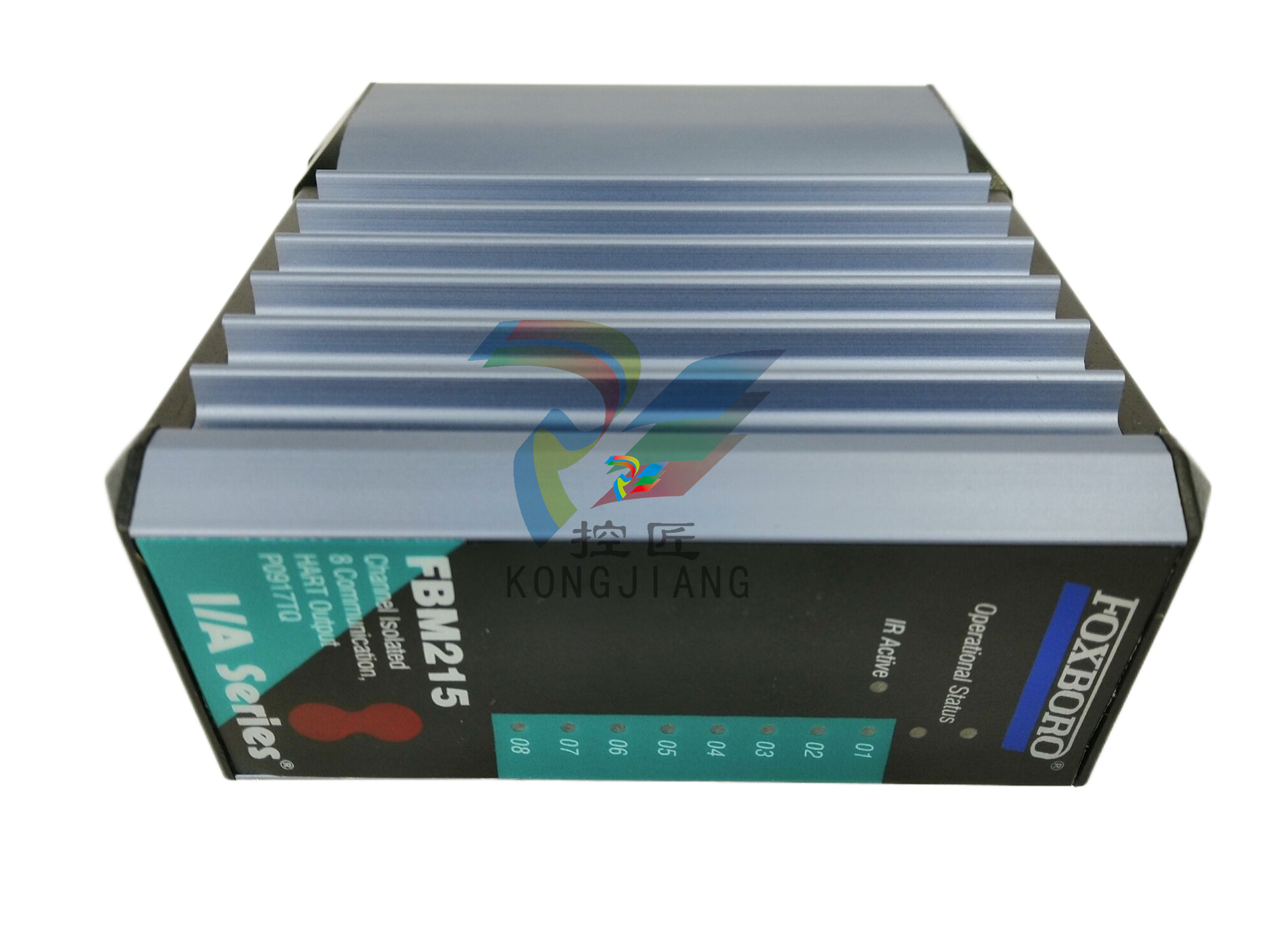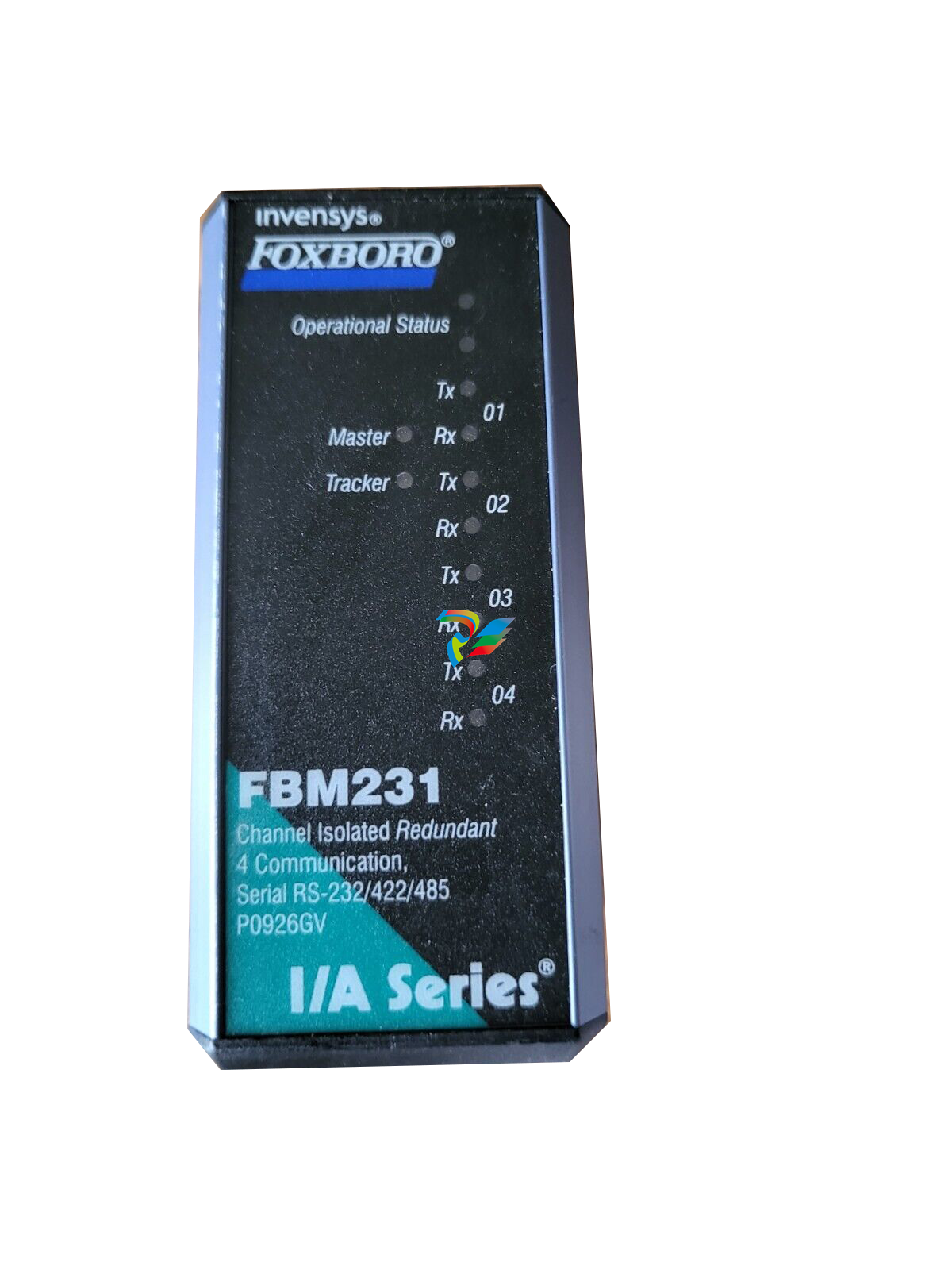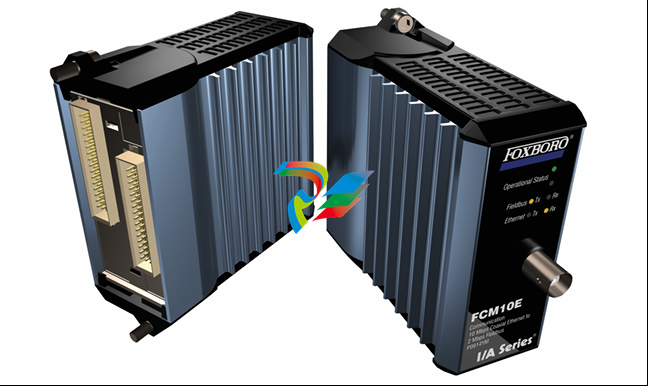
Edge Computing Fundamentals

In the realm of information technology (IT), edge computing is a concept that has revolutionized the way data and computing tasks are processed. Traditionally, these tasks were processed in a centralized location on a local server. Edge computing has decentralized this process, which moves resource-heavy computing tasks to the cloud while using the edge devices on the network for simple calculations and data orchestration. This shift has been enabled by the Internet of Things (IoT) using sensor data and cloud computing, which are becoming more cost effective.
Edge computing brings the power and advantages of computing closer to where data is created and acted upon. This proximity improves efficiency, security and reduces bandwidth requirements. Edge devices and sensors, which are the sources of data generation and collection, often lack the compute and storage resources needed to perform advanced analytics. This is where edge computing comes into play, which can handle real-time data processing for important smart factory applications like predictive maintenance on premise in facilities.
Cloud computing, on the other hand, is performed in a remote environment hosted by public cloud companies like Microsoft, Amazon or IBM. This environment supports more data-intensive and less time-critical processes. Public cloud providers increasingly focus on a hybrid cloud model, according to Forbes. This model allows manufacturers to store and analyze their proprietary internal process information locally on their own servers, while offloading resource-intensive applications like machine learning to a public cloud to take advantage of scale and cost efficiencies.
Edge computing supports Industry 4.0/smart manufacturing
Edge computing is a pivotal architecture in supporting Industry 4.0 and smart manufacturing initiatives. Factories that deploy edge platforms experience faster network speeds and low latency, which significantly contribute to better decision making and production optimization. This ultimately improves return on investment.
By using edge and cloud computing, manufacturers improve productivity and identify revenue opportunities from the efficiencies and capabilities of smart systems. In particular, real-time overall equipment effectiveness (OEE) visualization tools provide full visibility into every aspect of a factory’s efficiency.
OEE—a key performance indicator (KPI) calculated to measure machine and overall manufacturing performance—was invented in the 1960s by Seiichi Nakajima, the founder of the Total Productive Maintenance (TPM) system. It is not a static, individual measurement of success, failure or mediocrity, but rather a living metrics combination that points operational technologists to the levers they must pull to improve business performance.
The first and most common challenge for an effective OEE implementation is data collection. Good data analytics start with good data availability. For manufacturing environments that use hundreds of types of machines and gather data from multiple industrial protocols, real-time data collection from machines is critical.
Advanced industrial IoT (IIoT) data management edge platforms provide this. Most offer core capabilities that include real-time access to operational data, data rationalization to identify relevant points, data transformation into usable formats and speedy delivery for ingestion by cloud and middleware (operational technology (OT) and IT systems.
Edge computing is performed at or near devices and offers more security, lower latency and more bandwidth capacity and reliability than cloud services. The most efficient IIoT edge platforms for data management include a large library of protocol converters that enable machine data collection using open and private protocols such as OPC UA and OPC DA, Modbus, MTConnect, BACnet, EtherNet/IP and Profinet for networked machines. The edge solution makes data collection a simple process, particularly for choosing the driver and appointing it to the IP address. All the tags are auto enumerated.
For machines requiring analog or digital input/output (I/O) data collection or external instrumentation, edge platforms can collect data from sensors or from a hardware adaptor for legacy machines. With the machines connected, algorithms can be set up by mapping the variables to a trigger. The logic was previously written in traditional programming languages. However, newer platforms provide a low- or no-code environment for a visual logic workflow to facilitate application creation, maintenance and calculations. OEE calculations can be done machine by machine and consolidated by line, shift and plant level to improve management visibility.
Alarm functions for monitoring specific machine and process conditions can be added and customized to automated actions.
With robust OT/IT edge integration software, it is possible to automate machine setup and reduce setup time, as the software’s low latency is critical to avoid hidden downtime in the machine. With improved process visibility, managers have better information for planned stops and can calculate the machine OEE and schedule maintenance based on machine information.













































.jpg)
.jpg)
.jpg)





.jpg)



.png)
.jpg)

.jpg)
_lVjBYb.jpg)

.jpg)
.jpg)



.jpg)
.jpg)







.jpg)

.jpg)
.jpg)











.jpg)




.jpg)
.jpg)
.jpg)
.jpg)
.jpg)
.jpg)
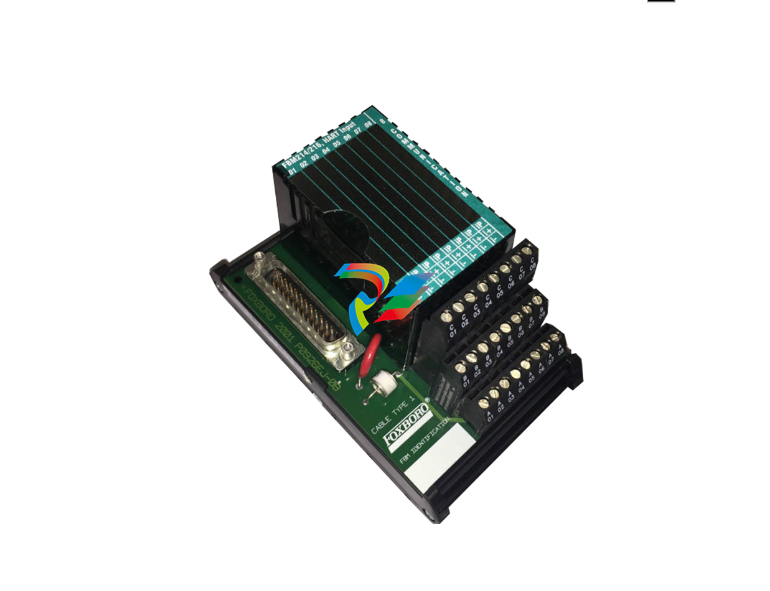
.jpg)
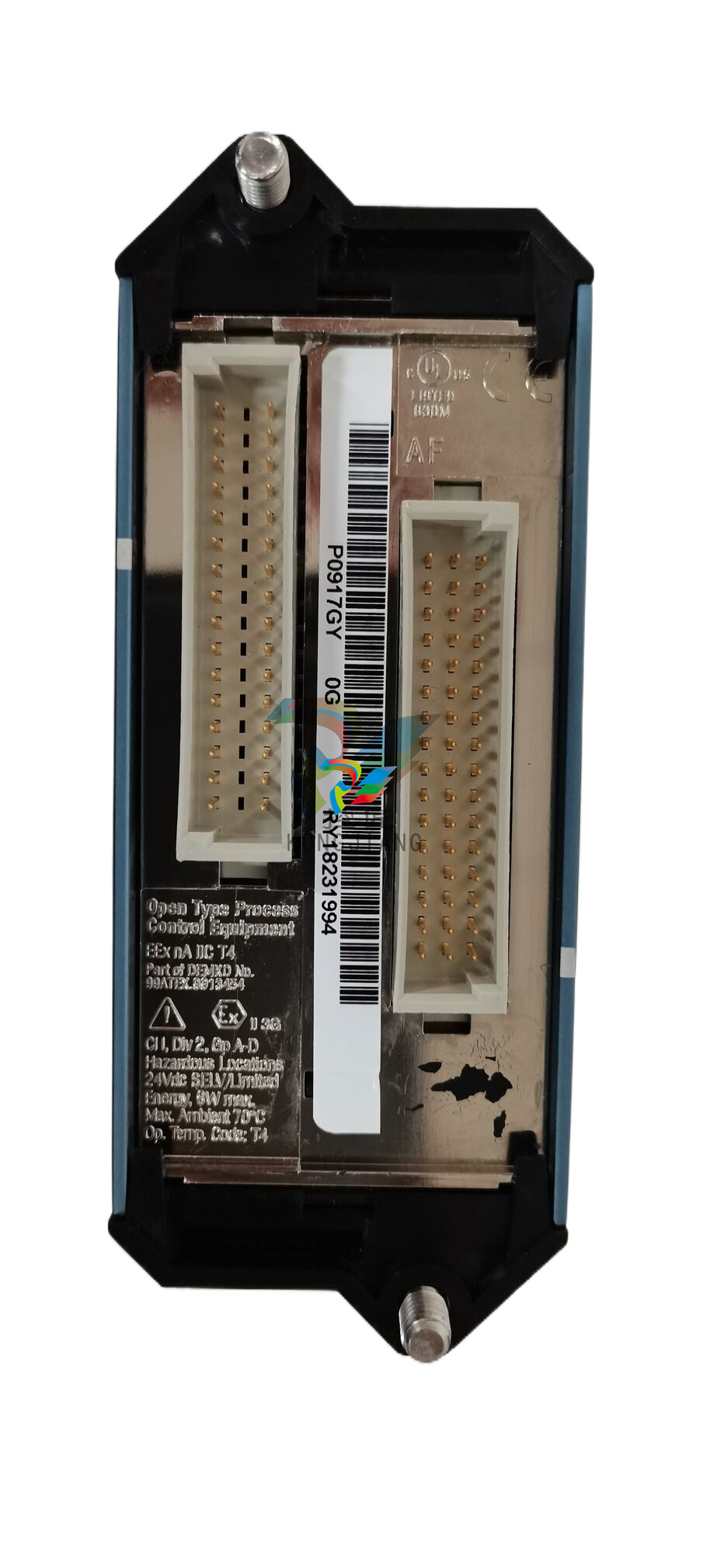
.jpg)
.jpg)
.jpg)
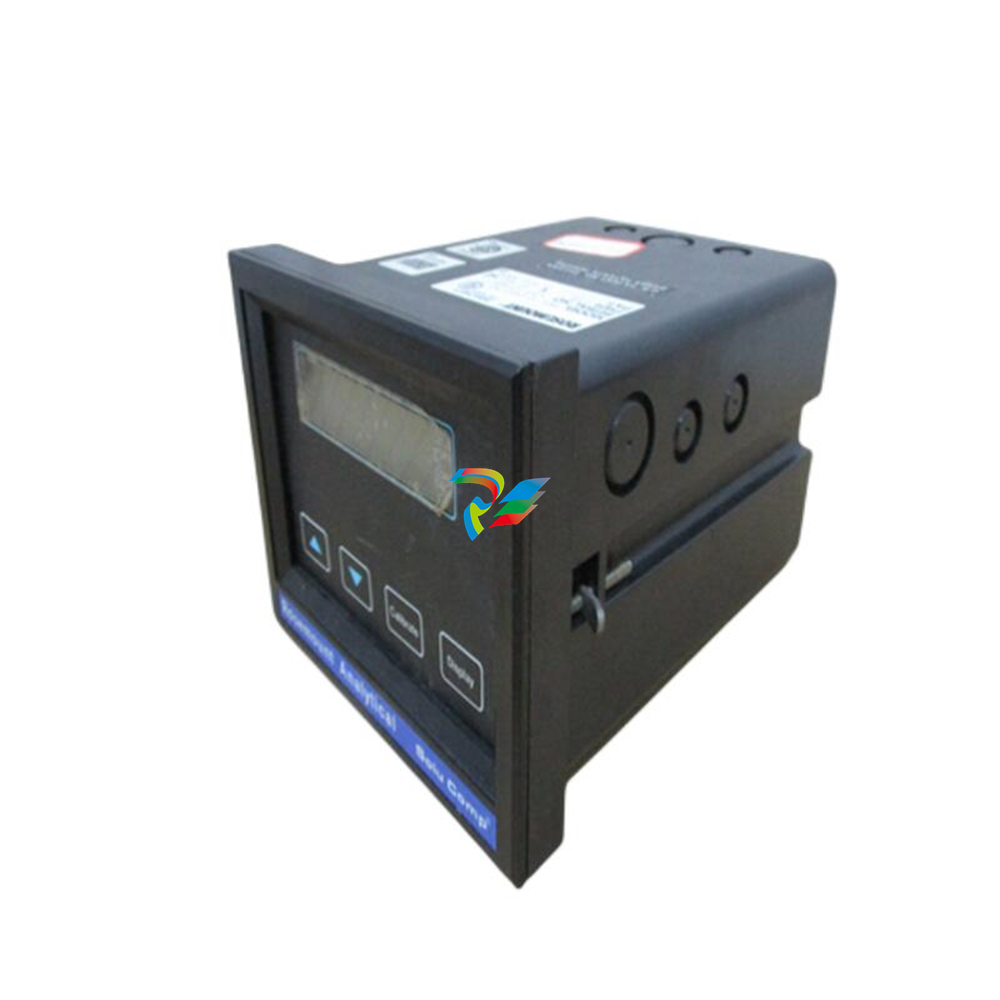
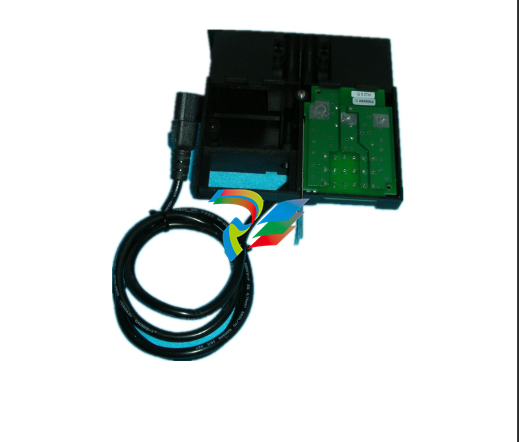
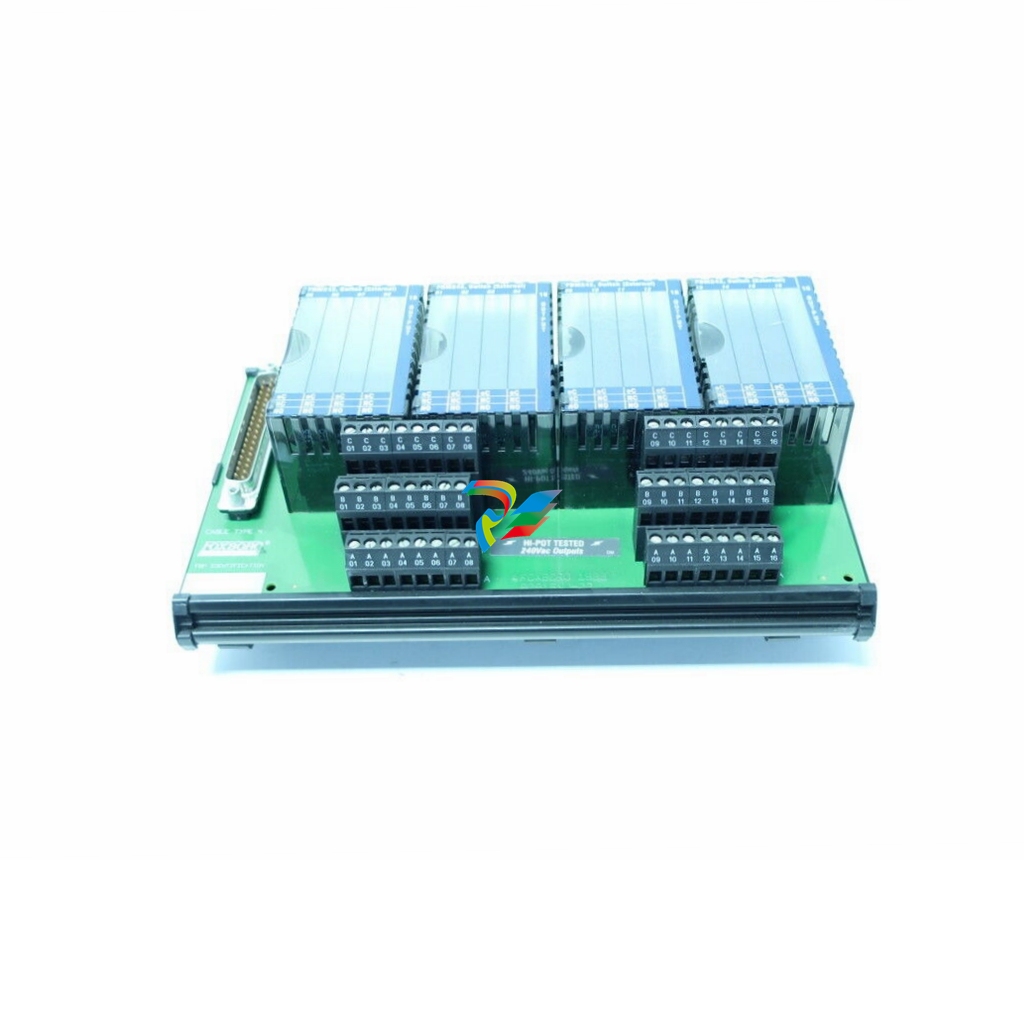
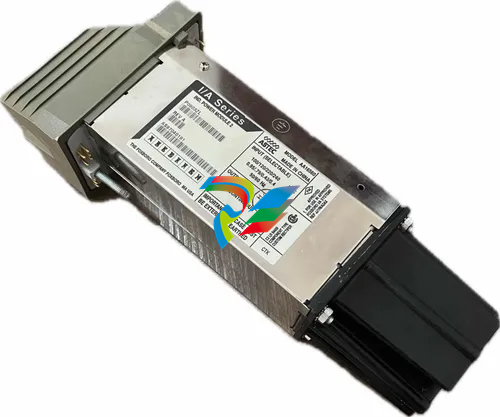

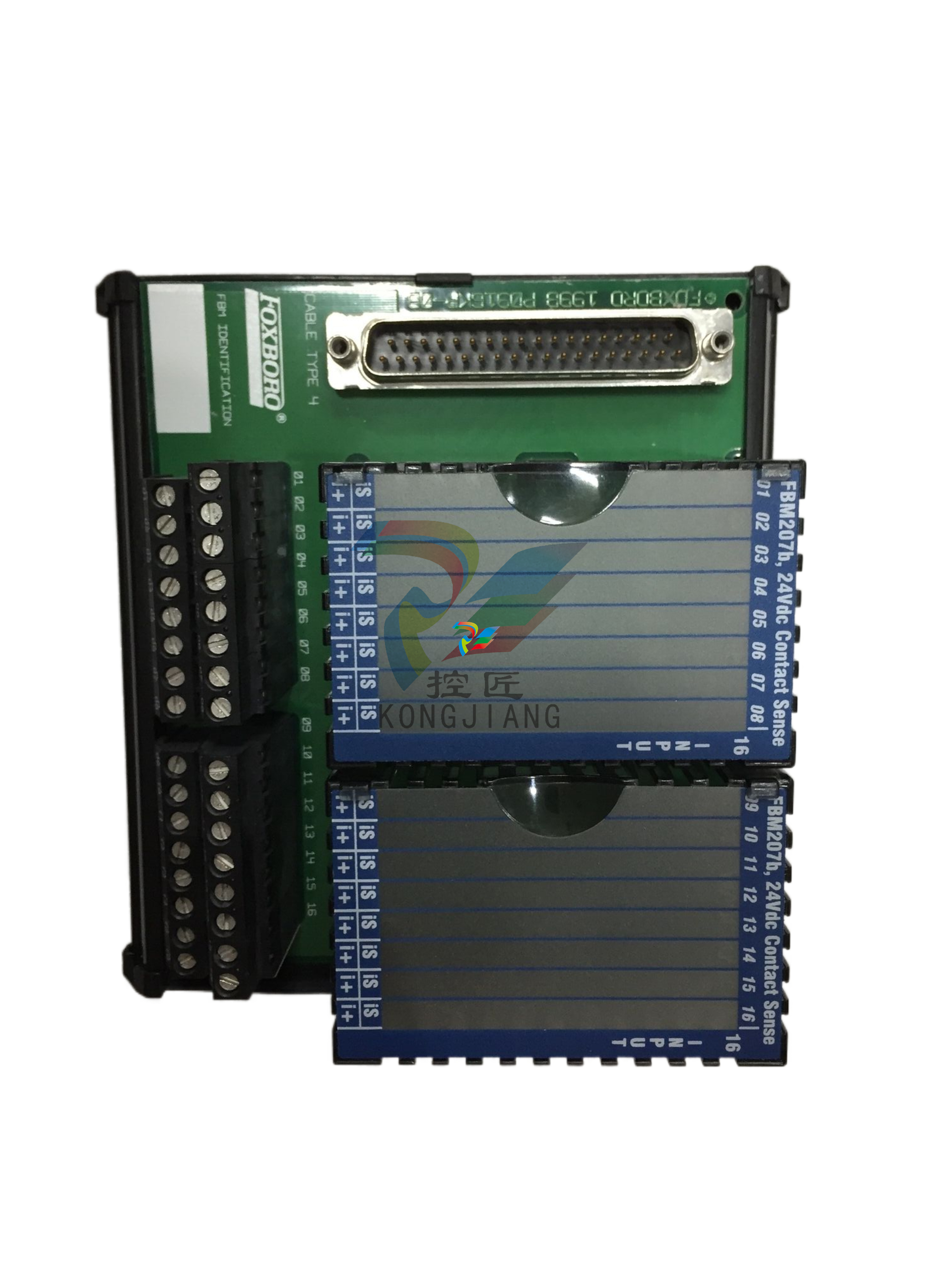
.jpg)
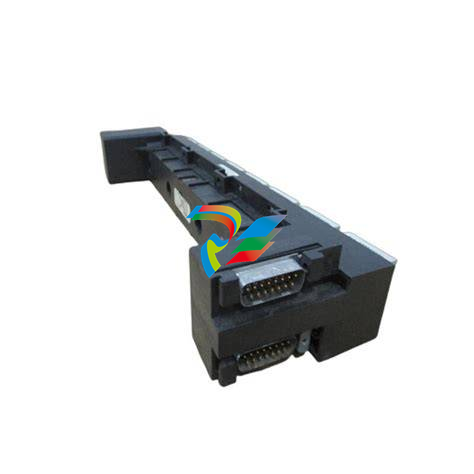
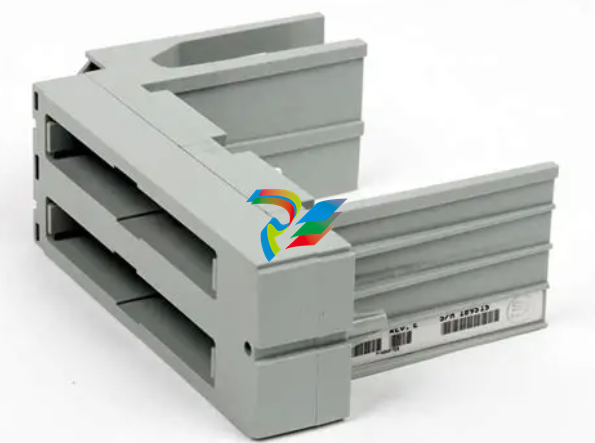
.jpg)
